The Case for Not Reaching the Summit
Traversing across some granite rock in the Teton mountain range on Shoshone-Bannock, Eastern Shoshone and Tséstho’e (Cheyenne) land.
I was 16 the first time I summited a mountain. I’ll never forget the feeling. With zero prior hiking or camping experience, I joined a summer camp group that scaled Black Elk Peak in South Dakota — the highest point between the Rocky Mountains and the French Alps. I remember going up stone steps that seemed to last forever. I walked slowly through unfamiliar territory; stepping on granite rock for the first time, walking up steep switchbacks, hiking up above the trees. I gradually slowed my pace until I found myself at the very back of the group, the distance between me and everyone else growing further with each step. A few hundred feet from the summit I began to cry. I felt an assortment of new feelings wash over me: euphoria, discomfort, joy, grief, a sense of pride, a sense of humility, and love and beauty. I had never experienced so many emotions all at once.
As I stepped onto the summit I was greeted by friends and a sunset I will never truly find words to describe. Afterwards, we donned headlamps and hiked down the mountain to Sylvan Lake for a late night swim. I remember looking up at the stars as I floated on my back, letting the dark water swallow me whole.
The next stop on our summer trip was the Grand Tetons. Here we attempted to summit the Middle Teton, a significantly harder hike involving rock scrambling, snow fields, and 6,000 feet of elevation gain. We split the climb up into two days by setting up camp at 9,000 ft. I was mentally prepared for the same exhilarating rush of emotions that I had experienced in South Dakota. We ultimately did not make it to the summit, and I carried this failure and disappointment on my back the entire way down. I would return to this mountain, and many others, searching for those same feelings of strength and pride that I felt on Black Elk Peak.
As I have worked through decolonizing my own relationship with nature, I have learned that our obsession with summits is obsolete. In fact -- it is problematic. Spending time critically analyzing my self proclaimed “failures” has helped me learn this. Seeing how others find limitless joy in nature in completely different ways has expanded my thinking.
As I continue to disrupt my white supremacist teaching of how to experience nature, I return to these summits. We can all have better relationships with nature, ones that focus on exchange versus extraction. Changing our narratives and beliefs around summits is an important step.
1. Reject Harmful Language
Admiring rock, shadows, and exposure.
I have known for a long time that using language like “peak-bagging” or “conquering” or “dominating” when speaking of mountains is problematic because it reproduces ideas that we have to control or conquer nature. Simply changing our language does not solve this problem, however. In fact, if we withhold this language but practice the same mentalities, we are making the problem invisible and making it that much more difficult to disrupt.
If we stop using the words that describe our need to “dominate” every mountain, but continue attempting to “dominate” said mountains with our actions, we are not solving the problem. If we continue to strive for the fastest and furthest mountain objectives and only celebrate white male athletes taking up space outdoors, we are not solving the problem. Our culture has taught us that our relationships with nature should be focused on striving and conquering instead of reciprocity and appreciation.
2. Set Appropriate Goals
Sometimes the objectives or goals we set control us, instead of the other way around. I have seen groups suffer, fight, and experience traumatic and unsafe situations in order to reach an arbitrary goal. Further, I have seen groups promote ableist, sexist, and racist behaviors under the guise of trying to reach a summit. What if we change our objectives to ones that serve us rather than control us?
We have the power to create outdoor spaces that are life-giving, inclusive, and safe for everyone. If a goal is too difficult for some of our community members to achieve, we don’t have to place the burden of feeling deficient on those individuals. We can simply change the goal.
A large part of changing goals is creating space for clear and open communication; leaving feelings or ideas unsaid leads to individuals feeling like they cannot play an active role in goal setting. Setting goals that are culturally responsive to specific groups is a liberating experience. It empowers group members to be active leaders instead of passive followers. It also creates space for creativity and innovation. When trying to create an inclusive and safe space, it is important to respect and value every group member and their ideas.
We need to allow ourselves to change our goals. Maybe they made sense at one point but don’t anymore. Respecting our own boundaries, no matter how much they change, is a radical act. We must listen to our bodies. We must embrace the idea that some days the mountains are too big, and we should climb the hills instead.
Lastly, I challenge groups to question the goals they set. Why is it important to reach this summit? What kind of culture are we trying to create within this space? Does reaching the summit actually help us achieve our community goals? If not, then why expend energy on it?
“Instead of focusing our energies toward reaching a summit, what if we tried to create more inclusive outdoor spaces?”
3. Reject “No Pain No Gain” Narratives
When we reach a summit we finally allow ourselves to experience positive feelings that have been available to us the entire time. I think a lot of this is rooted in our hustle, no pain no gain mentality that only validates positive emotions at the end of something difficult. Capitalism teaches us that we must suffer before we experience joy. I’m suggesting the opposite -- lets experience love and joy, here and now.
While it can be difficult, I challenge you to plan a walk or hike with no summit, overlook, or major destination. I challenge you to slow down and notice the beauty that we so often breeze past. A great way to do this is by learning about the edible plants and mushrooms growing beneath your feet, or following the patterns of local birds, animals, and insects. Paying full attention to these beings gifts us the ability to slow down and honor them fully.
4. Expand Ideas of Success and Joy
Out for an evening walk with friends. Photo by Abi LaFleur Photography.
I’ve been on hikes where the pull toward the summit is so strong that there is no room to appreciate everything we experience along the way. The smells of ripening huckleberries and blooming sky pilot, the sounds of water cascading down granite boulders, and even the sights of bears, pika, and elk are all taken for granted because there is a rush to reach a summit objective. There is value in every step we take to reach the summit, too. There is joy in sharing space with our nonhuman relatives, something we too often take for granted.
There is joy in sharing space with our human communities, too. Success and joy are an open door -- an invitation. When we think about climbing or hiking partners we tend to look for those who fit the norm of an “outdoor athlete”: usually white, able bodied, young, fit, and male. What if our outdoor partners included our younger siblings, parents, or grandparents? Some of my most joyful outdoor experiences have been through sharing the awe of a child or wisdom elder. There is something truly magnificent about cultivating a sense of joy that is free from harmful outdoor narratives.
5. Dismantle Hierarchies
The idea that our joy is limited to summits also creates a false sense of superiority for some outdoor activities over others. The reality is that all of our interactions with nature contain immeasurable value and there are no hierarchies. Suggesting that a physically strenuous activity is superior is exclusive and reproduces ableist ideals. My experience and joy of sitting along a river is not inferior to the joy you experience from reaching a summit.
My relationship to nature has changed a lot since my visit to Black Elk Peak. I have found that allowing myself to value non-summit experiences with nature has greatly increased my capacity for joy and love.
Some of my favorite experiences in nature are simply laughing with my friends in the desert or quietly walking through the woods. This is because I no longer have something to prove when I go outside. Instead I am investing in my own joy and building reciprocal relationships.







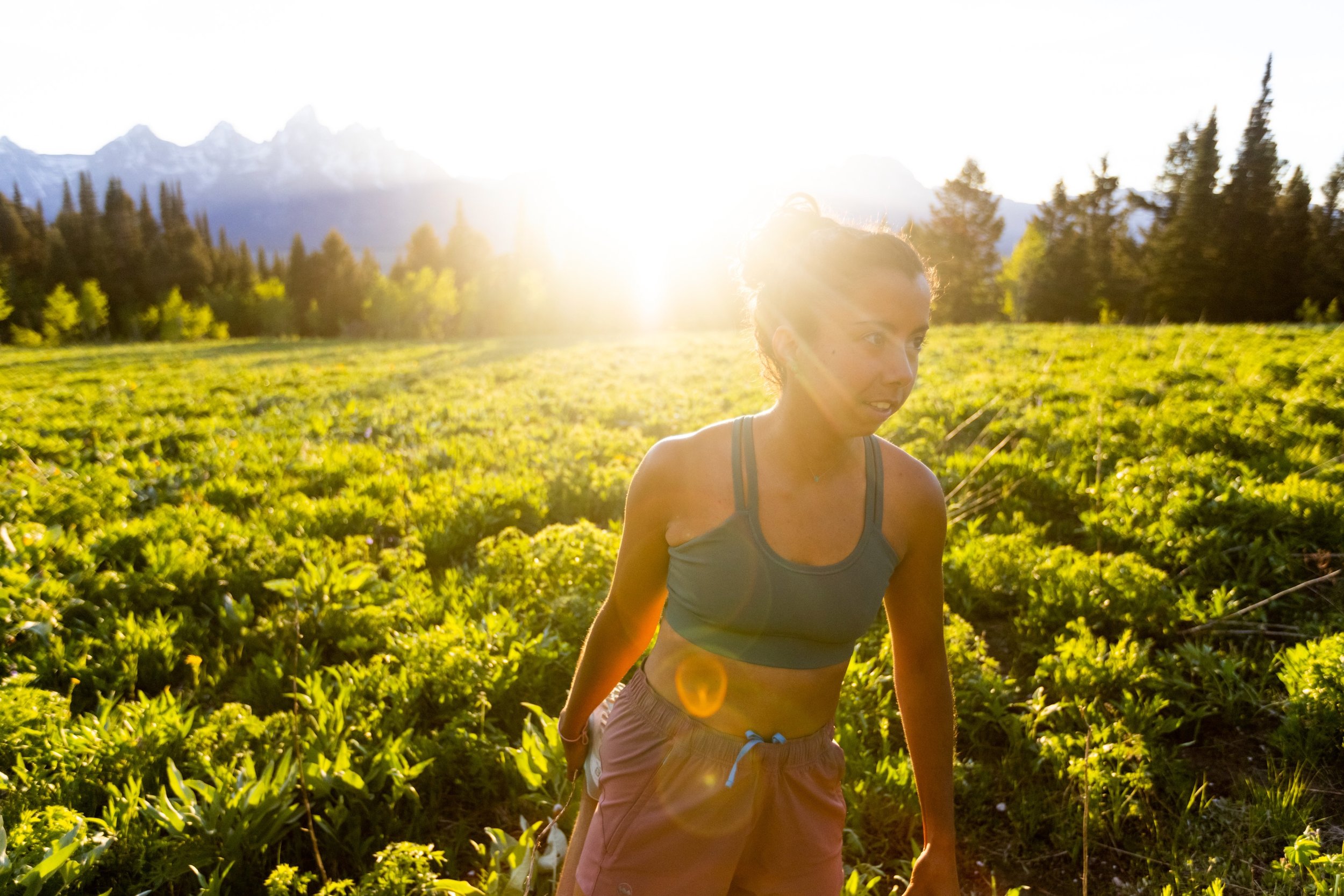
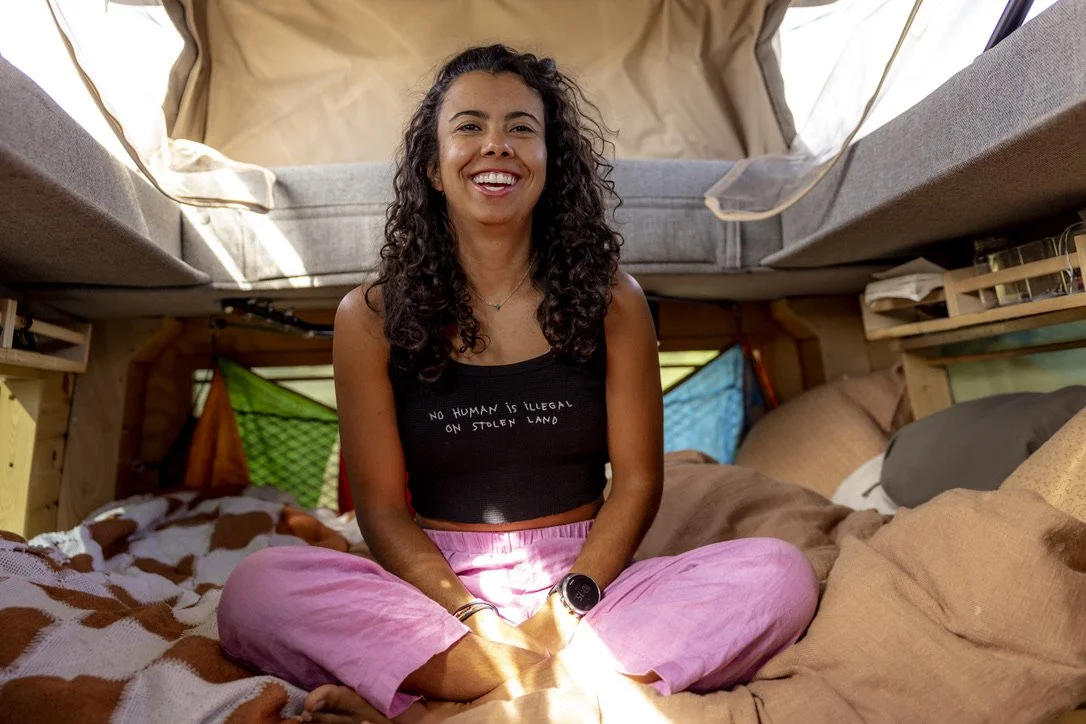
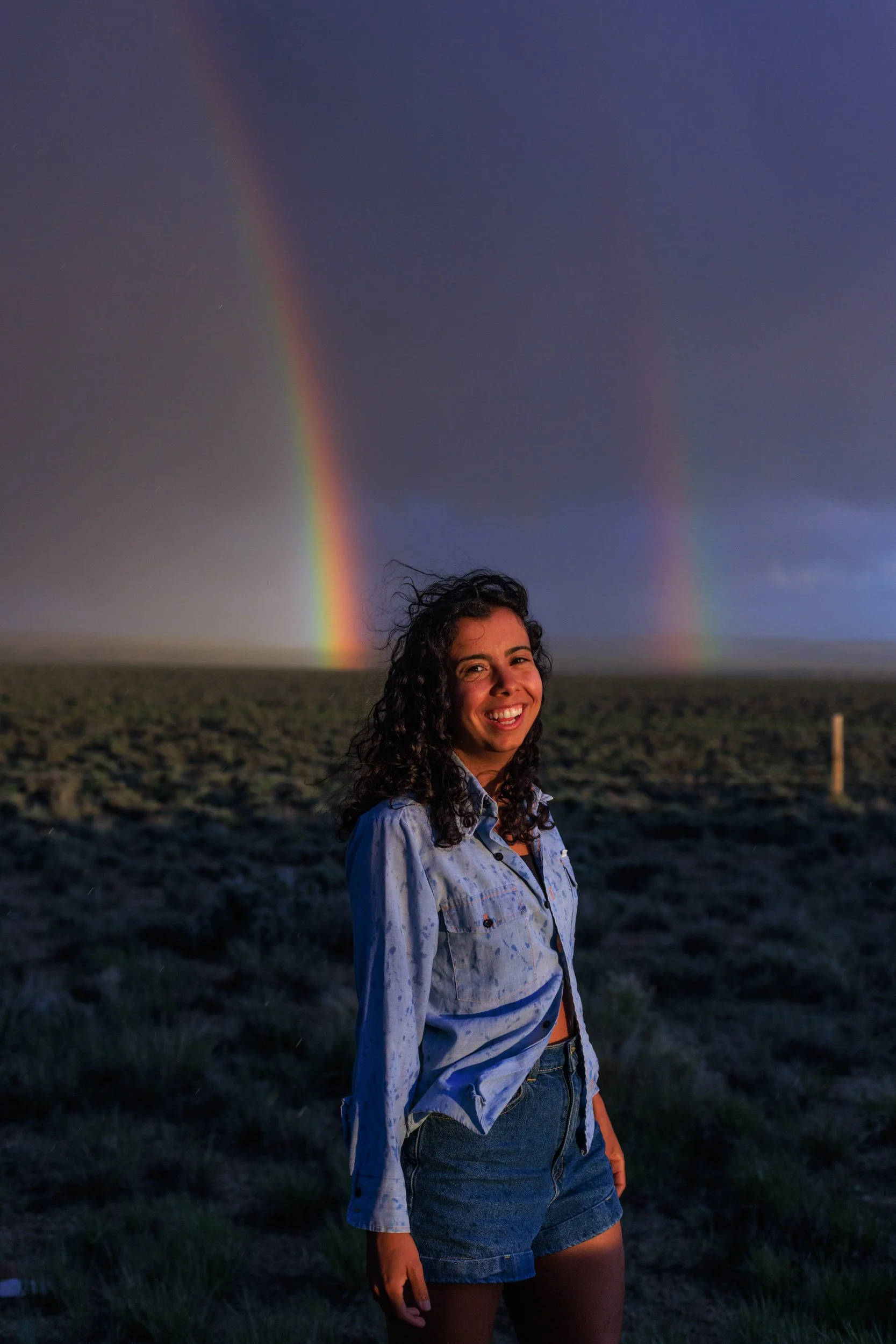




















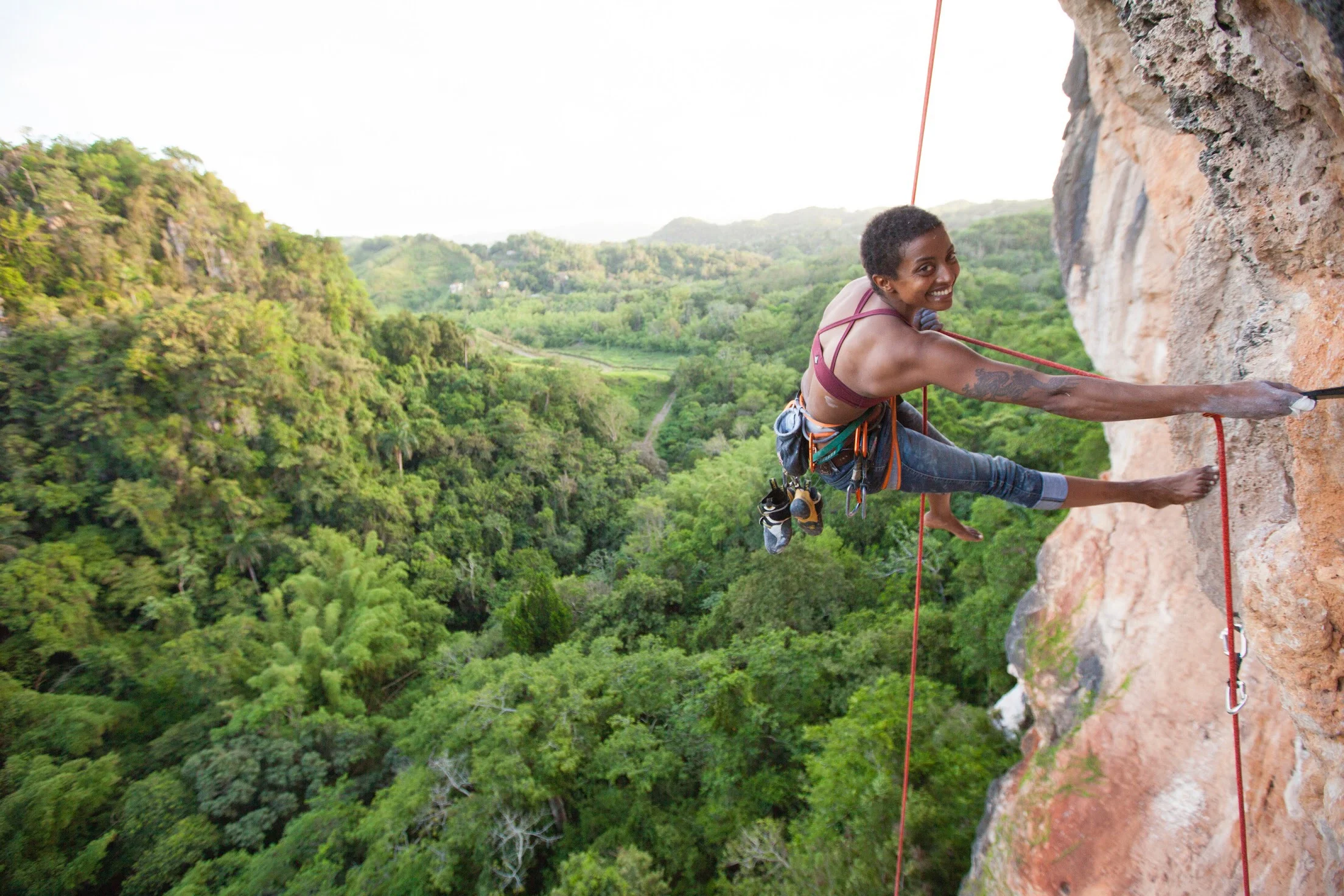


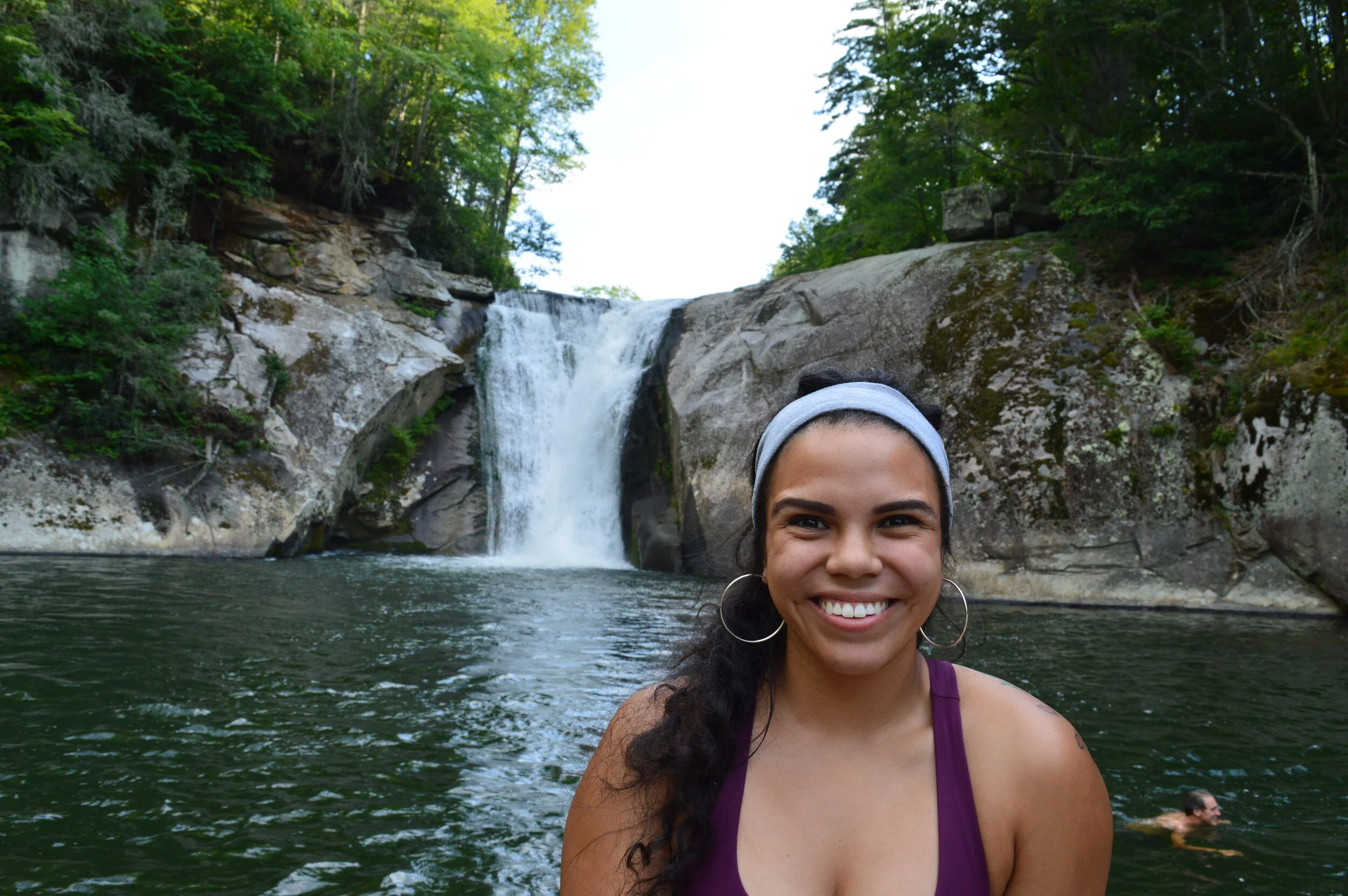
This election year, I’d like to illuminate the well known but unnoticed ways white supremacy bars immigrants and people of color from voting. I’d like to remind you that this demographic comprises over 50 million people.